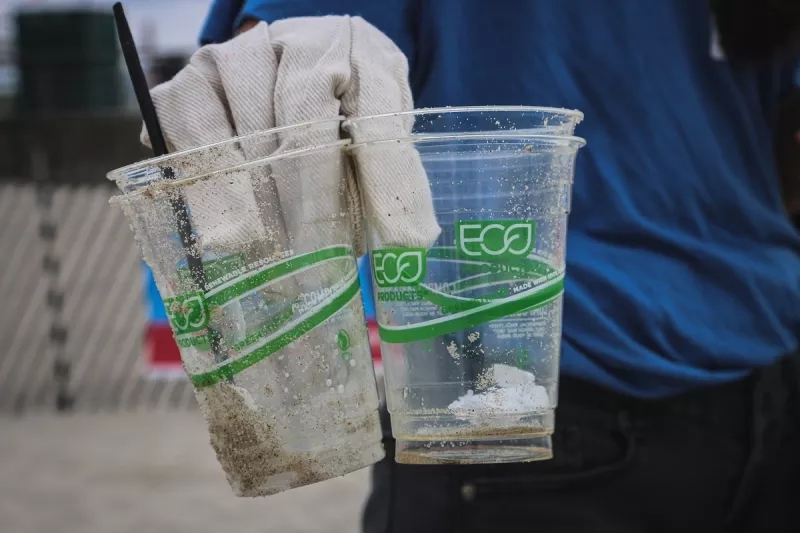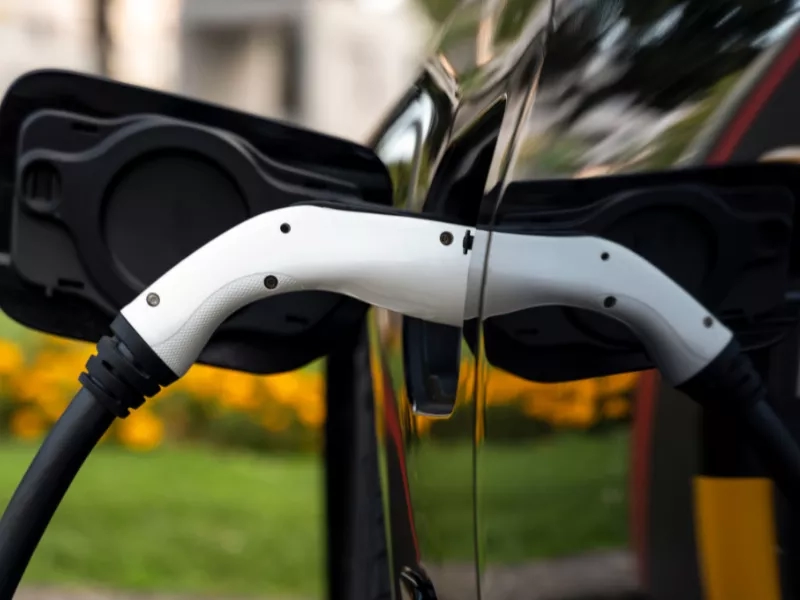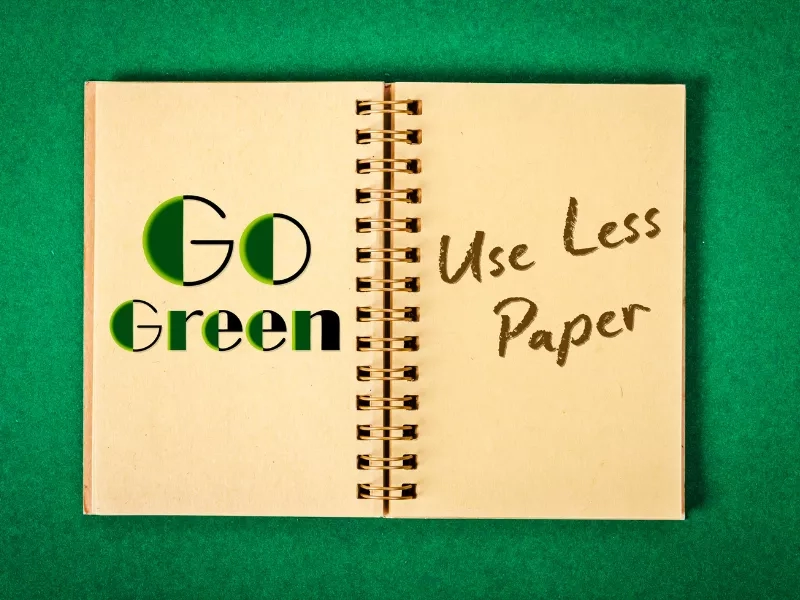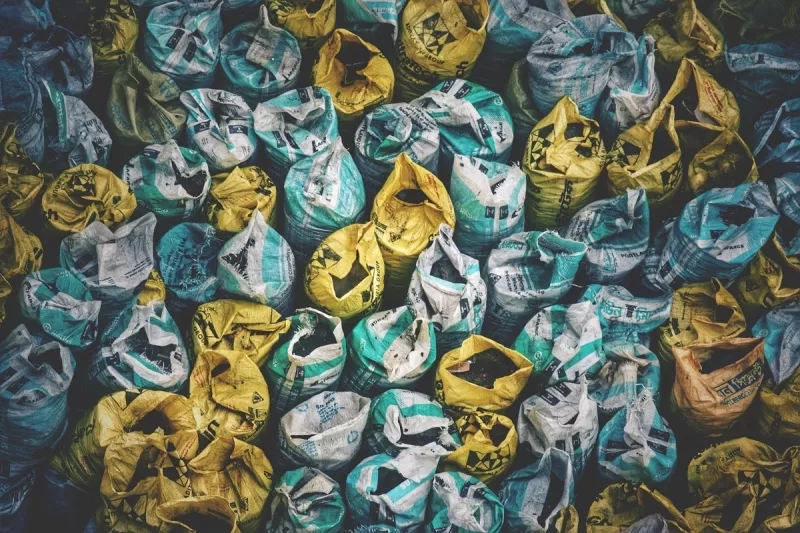For event professionals, creating greener, more environmentally-friendly meetings and events can be quite a challenge at times. You want to offer a rich, personalised attendee experience while ensuring the activity aligns with your company’s carbon reduction targets.
It’s a tough balance, especially as key factors in event planning - such as travel, accommodation and F&B - can also be major carbon emitters.
To assist with making more sustainable decisions when planning your next meeting, conference or live event, here are our top ten tips to help you out.
Source greener, more sustainable venues
When sending out RFPs or speaking to venues, ask about what they’re doing to support a more sustainable meetings industry. Are they, for example, signed up for the UNFCCC Race to Zero or have they taken the Net Zero Carbon Events Pledge?
Even if the answer is no, all venues should now be able to show they have properly invested in carbon reduction. For instance, they may have a robust onsite waste management system, an in-house recycling programme, energy-efficient systems or carefully controlled local sourcing programmes.
Other factors you should consider when selecting an eco-friendly venue include:
- Accessibility. Can your delegates walk to the venue from public transport drop-off points?
- Ownership. Will your meetings business support a local enterprise or charitable cause?
- Transport. Does the venue have electric vehicle charging points or a bike hire scheme?
- Technology. What tech is the venue using to improve the event experience? One example may be a contactless, self-serve check-in and on-demand badging experience so that you don’t need to print name badges unnecessarily for attendees.
Discover how embedded sustainability is in the venue’s approach by asking lots of questions, such as “How are you tracking carbon emissions and what targets do you have in place for improvement?”
Ensure that RFPs are always sent to at least one venue with proven sustainability credentials. You can use the Cvent Supplier Network to source venues that are eco-certified, all at a click of a button.
Say no to single-use plastic
Giveaways, handouts and freebies - whether that’s a plastic name badge, lanyard, pen or water bottle, are still rife in the events industry. Event planners need to get better at choosing more ecologically friendly alternatives.
Give your attendees bamboo lanyards instead of synthetic ones. Instead of pens, why not give them a pencil or other freebie, such as a tote bag? And, instead of disposable plastic water bottles, provide reusable ones and a water source.
If you really can’t avoid using single-use plastic at your event, make sure you use plastic items that can still be recycled. While it’s not a perfect solution, you’ll still ensure that the items you use aren’t going to landfill, as long as you check that the venue itself has a good recycling policy.
Provide alternative ways to travel
Transport is one of the major areas that can impact the sustainability of your event. If most of your attendees are using private vehicles to commute to the venue, the overall carbon footprint will end up being significantly higher than you expected.
Create incentives for attendees to take public transport by providing travel cards, bus passes or vouchers for electric Ubers.
Provide shuttle services to the accommodation and event venue, preferably using electric coaches or mini-buses.
Ensure event staff are driving electric or hybrid vehicles. If they’re not, encourage them to car share with someone who is or mandate they travel by public transport.
Order for individuals, not a crowd
According to the United Nations, annual food wastage in rich countries is almost equal to the total net amount of food produced in sub-Saharan Africa (230 million tonnes).
For event planners to play their part in reducing the amount of food sent to landfill each year, follow these simple rules for more sustainable green events:
- Plan the menu according to the number of attendees registered to attend.
- Engage local food suppliers known for sustainable practices.
- Use smart buffet service styles that will increase attendee satisfaction while limiting food wastage.
- Partner with food donation programmes or consider alternatives such as livestock feeding, food waste for industrial energy and compost creation.
Choose reusable or biodegradable cutlery
Instead of using plastic knives and forks, use regular stainless-steel cutlery and glasses. Just ask your attendees to return them to a certain place so that they can be collected and cleaned.
If reusable utensils aren’t possible, go for biodegradable alternatives.
There are numerous options available in compostable tableware that have a lower carbon impact. These range from rustic palm-leaf serving trays and bowls to plant-based, wheat or bamboo straws.
Promote eco-friendly swag
Free promotional merchandise, like T-shirts, key chains, pens and bottles tend to end up in landfills. Instead, promote eco-friendly gifts more likely to be used again and again. Options include:
- Eco-friendly / recycled notebooks and journals
- Plants and seed packets
- Reusable tote bags
- Recycled water bottles or reusable coffee flasks
- Eco-friendly USB and flash drives made from recycled materials
Minimise paper
Eliminate paper agendas, surveys and business cards from your events by using a mobile event app to engage and communicate with attendees.
When delegates arrive at your event, instead of having all the paper badges already printed, use OnArrival event check-in and attendee management tools for ‘just-in-time’ printing.
It will help to reduce wastage and it’s more GDPR compliant.
Have a proper waste management program
Ensure your waste management program follows the ‘reduce, reuse and recycle’ principle.
Here is what you can do:
- Strategically place recycling bins that are correctly marked or colour coded for dry and wet waste, paper, aluminium cans, and so on.
- Put a service team in place to collect, empty and sort the waste that tends to pile up quickly.
- Limit the number of brochures or leaflets that any exhibitor might want to distribute at the event. Additionally, you can levy an explicitly mentioned ‘green charge’ or ‘waste management charge’ in the contract agreement for those who plan to do so.
- Connect with a local food bank or shelter so leftover food doesn’t go to waste.
Use measurement tools to track sustainability goals
Numerous carbon calculators aimed at event planners have been launched during the past year, including SAM, a free event sustainability carbon measurement tool.
SAM has been built on an open API so that it can be fully integrated with other platforms and technology, such as Cvent’s Event Marketing & Management Platform.
Most carbon calculators will measure the carbon output on accommodation, food, travel, room usage and comms. SAM’s unique feature is that it talks to delegates through the app to track travel habits.
Other available resources include the TRACE platform and Proseed, both by Isla, a non-profit organisation.
The TRACE platform calculates carbon and waste footprints and provides in-app reduction tips and guidance.
The data is compliant with carbon emissions (Scope 1), energy consumption (Scope 2) and supply chain management (Scope 3) reporting. Plus, planners can download detailed but easy-to-understand graphs and charts to embed into your event reports and debriefing documents.
Proseed is templated guidance, designed to demystify the complexities of sustainable events by helping planners to understand what to ask their supply chain and what answers to expect. It also provides actions to benchmark and reduce emissions – like measuring energy usage, tracking travel footprint, limiting food waste, and building more eco-friendly sets.
Embrace digital
Event management software can help you digitise various aspects of the event, eliminating any need for printed material like flyers, brochures and session schedules. You will minimise paper usage and conduct the event in a more efficient and streamlined manner, ultimately saving costs and driving ROI.
The different ways an integrated event management platform can help you to create a more carbon-conscious event programme include:
- Using webinars, mobile event apps, and online media kits to streamline the flow of information.
- Creating event websites to provide important information and updates and highlight speakers and session details, thus reducing the distribution of paper material during the event.
- Managing last-minute changes at the venue with event registration software.
- Sending attendees personalised follow-up emals, and online surveys instead of the more traditional direct mail thank you note. This also provides insights into attendee behaviour and expectations, and what steps you could take to create better events in the future.
To learn more ways to reduce your event carbon footprint and make more eco-friendly choices, head to our green event planning hub here.














